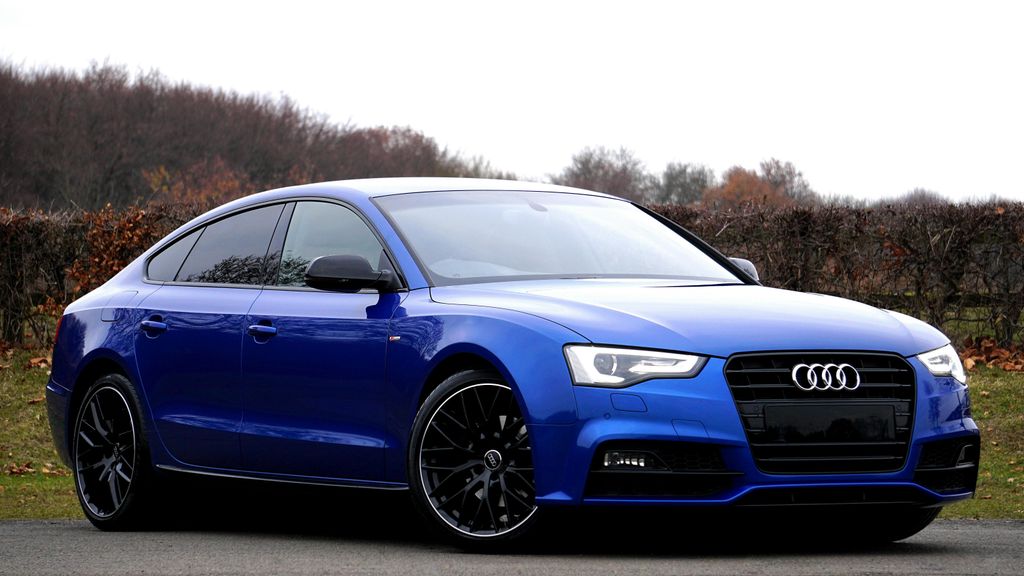
The click of a dead battery is never a welcome sound, especially if your classic car’s power source should have plenty of life left. You paid good money for that battery, expecting it to last at least three to five years, but then—bam—it’s dead in under 18 months. This scenario isn’t just frustrating; it’s surprisingly common, leaving many enthusiasts stranded and wondering what went wrong with their prized possession.
Car batteries play a pivotal role in powering our vehicles, enabling us to start our engines and enjoy seamless journeys. A healthy battery is like the heart of your car’s electrical system; it starts the engine, powers the lights, and keeps systems running when the engine is off. However, like all mechanical components, batteries can succumb to various factors that lead to premature failure, often long before their expected lifespan of 3 to 5 years.
Understanding these underlying causes is crucial for maintaining optimal battery performance and avoiding unexpected breakdowns, empowering you to safeguard your vehicle’s power source. We will delve into the intricacies of why these essential components fail, equipping you with valuable insights to proactively protect your classic car and ensure it stays on the road where it belongs. Let’s break down the most common culprits.
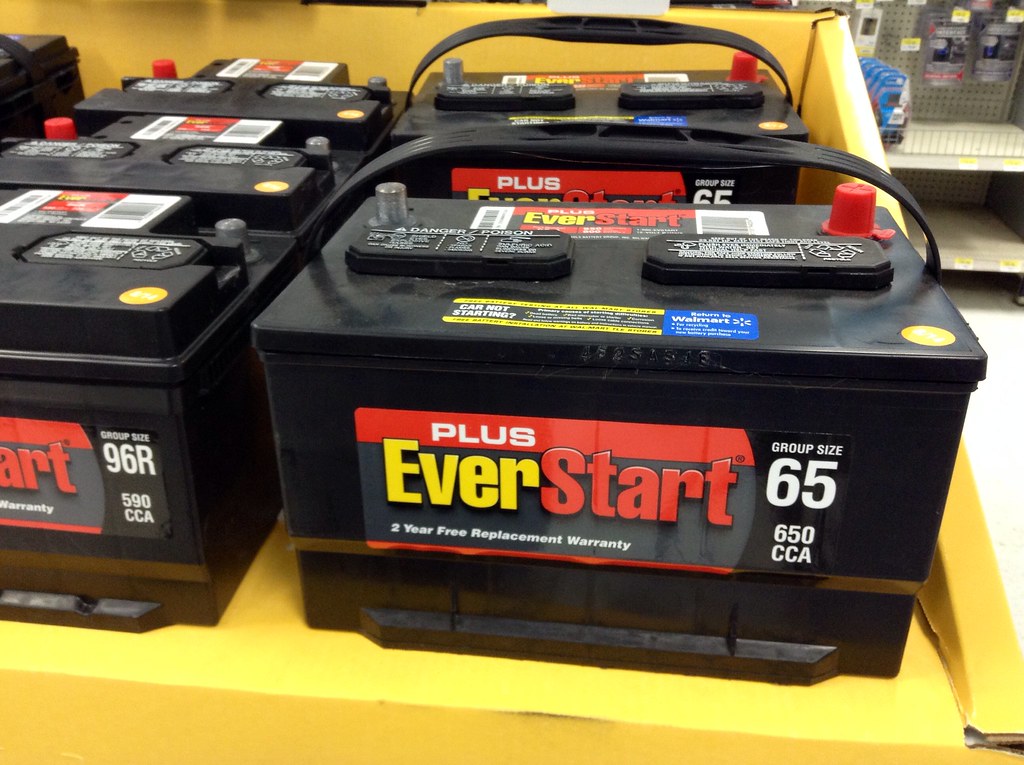
1. **Extreme Temperatures: The Silent Battery Killer**Temperature swings are brutal on batteries, impacting their chemical processes and overall health. According to Battery University, temperatures above 95°F can cause internal corrosion, while temperatures below 32°F can reduce battery capacity by more than 35%. This means your battery is working harder than it should in both scorching summers and freezing winters.
In hot temperatures, batteries will expel more energy than in a normal range, accelerating the evaporation of battery fluids and leading to a loss of electrolyte. This heat causes an increase in discharge and eventual failure. Conversely, extreme cold can slow down chemical reactions within the battery, making it difficult for it to provide the necessary power to crank the engine, especially if it’s already weakened.
If you park your classic car outside year-round in a hot or freezing region, your battery is constantly under stress, wearing out much faster. Extreme heat is actually considered the true enemy of the car battery, as it drives up the heat under the hood and accelerates the onset of battery failure by speeding up positive grid corrosion. To mitigate this, consider parking your vehicle in shaded areas or a garage, or using a battery cover to protect it from excessive heat or cold.
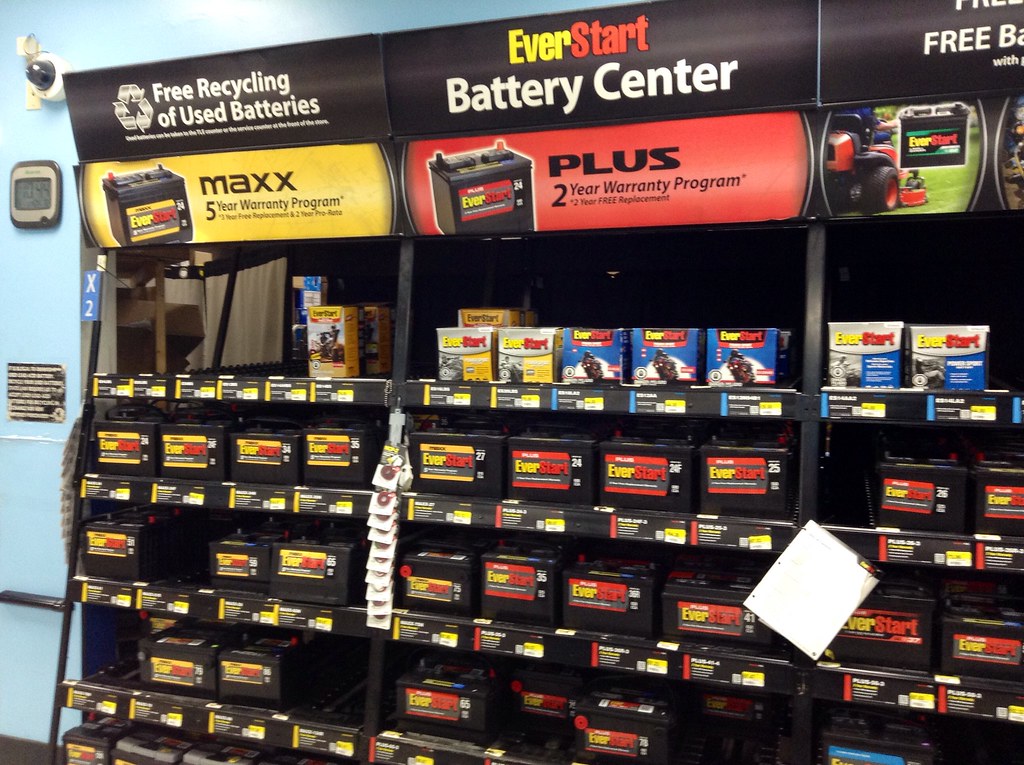
2. **Undercharging and Deep Discharge: The Cycle of Depletion**Keeping a battery at a low charge or not allowing it to charge enough is a major cause of premature battery failure. When you start the engine, the car battery bears the maximum load to power your car, and it needs time to recharge after this initial surge. However, if you’re only driving short distances—five or ten minutes at a time—the alternator never gets the chance to fully top it off.
This scenario is akin to trying to fill a bucket with a dripping hose; you never reach the top. Over time, the battery drains more than it charges, leading to a consistently undercharged state. According to Battery University, keeping a battery operating at a low charge (below 80%) can lead to stratification, where the electrolyte concentrates on the bottom, causing the upper half of the cell to be acid-poor and affecting overall performance.
Undercharging also leads to sulfation, a condition in which lead sulfate deposits form on the surface of a battery’s lead plates. These deposits can become large crystals that dramatically reduce the battery’s ability to produce power and impact performance, eventually causing battery death. If you also leave your car parked for long stretches without driving, the slow drain from clocks, alarms, and onboard computers continues, exacerbating this issue and eventually leading to a deep discharge that shortens its lifespan dramatically.
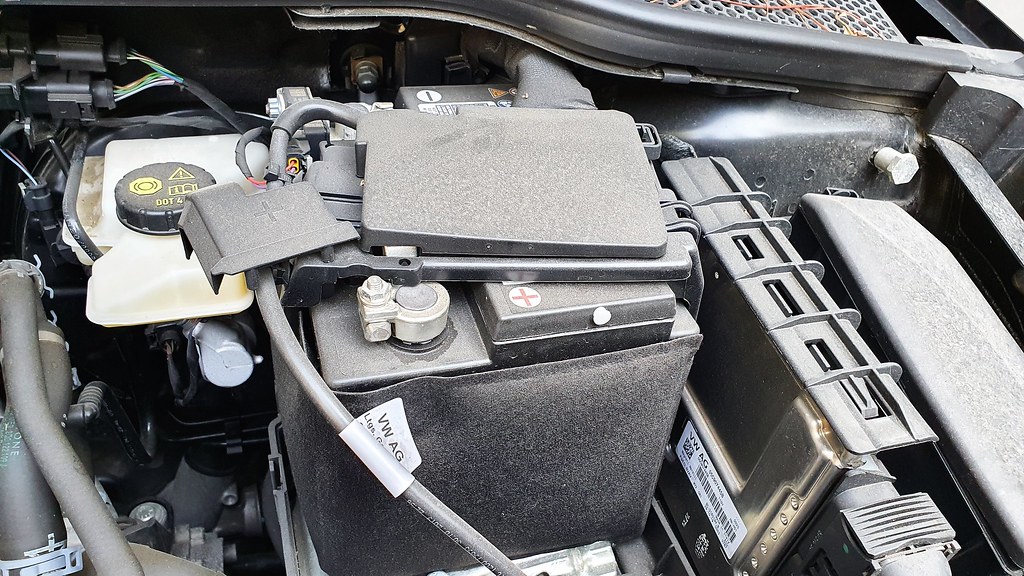
3. **Parasitic Battery Drain: The Sneaky Power Thief**Parasitic battery drain refers to the continuous discharge of battery power even when the vehicle is not in use, a truly insidious problem for classic car owners. Modern vehicles are equipped with various computer systems, anti-theft systems, and remote keyless entry systems that constantly draw a small amount of power. These components are designed to shut down and go into “sleep mode” 15-45 minutes after you turn off the engine, drawing very little power.
However, sometimes a module doesn’t go to sleep and keeps drawing power until your battery is dead. This can also be caused by various factors in older vehicles, such as faulty door switches, interior lights accidentally left on, or malfunctioning alarms. While one tiny drain may not seem like a big deal, it adds up overnight, especially in colder weather when the battery is already under stress.
Over time, these parasitic drains can gradually deplete the battery, leading to failure, often without warning. A common example of a long-term current usage with the engine off causing a battery to die without warning is simply forgetting to turn off headlights or using power-hungry accessories. If the battery never gets fully charged and is constantly drained by these unseen culprits, it ages much faster than it should.
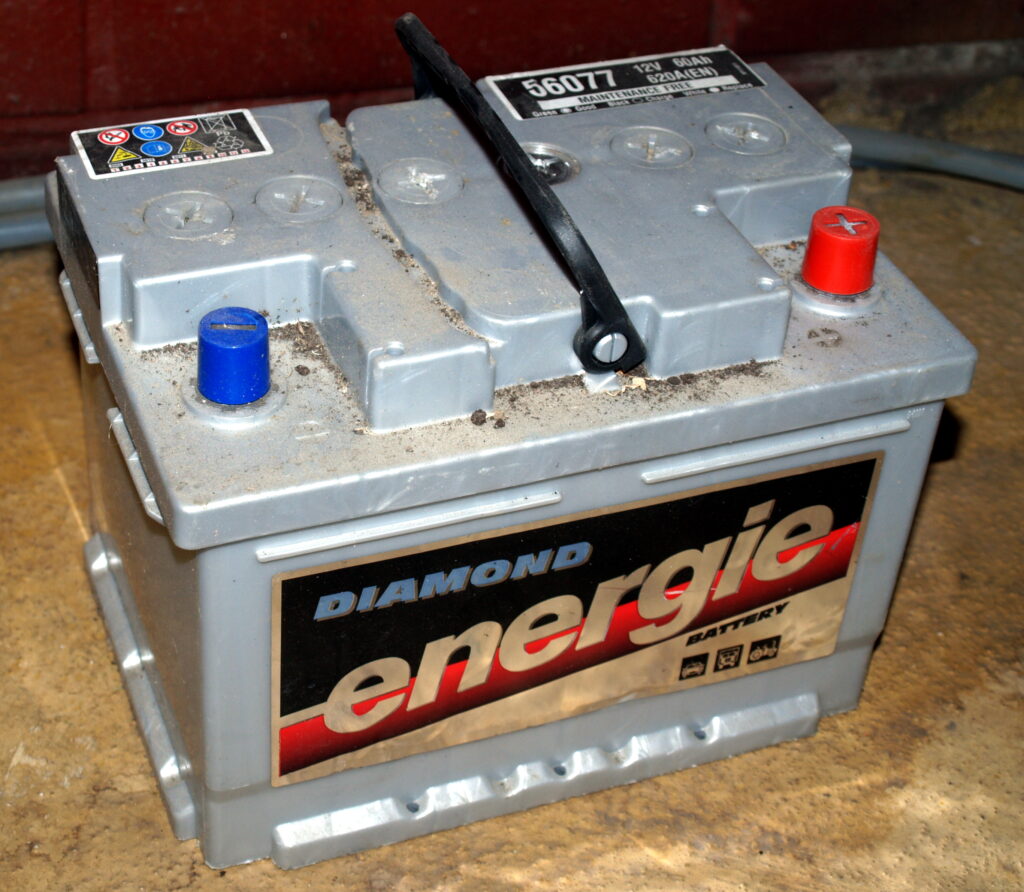
4. **Faulty Charging System: The Unseen Regulator Failure**Even if the battery itself is in good condition, its longevity depends heavily on the proper functioning of the car’s charging system, primarily the alternator and voltage regulator. The alternator is responsible for charging the car battery while the engine is running, converting mechanical energy into electrical energy. If your charging system is malfunctioning, perhaps your alternator isn’t putting out enough volts, your battery will slowly weaken.
A faulty alternator can fail to provide sufficient voltage to the battery, leading to undercharging and premature failure. Alternator problems can be caused by worn-out brushes, faulty voltage regulators that don’t control the voltage output correctly, or a damaged belt that prevents the alternator from spinning efficiently. These issues mean the battery isn’t receiving the consistent, adequate charge it needs to maintain its health.
This is particularly problematic because the battery won’t be able to fully recharge after starting the engine or powering accessories. Without the alternator doing its job, the battery is constantly being discharged without adequate replenishment, leading to a gradual decrease in its ability to hold a full charge and ultimately causing premature death. Regular inspection of the alternator and charging system is therefore a critical preventive measure to ensure proper operation.
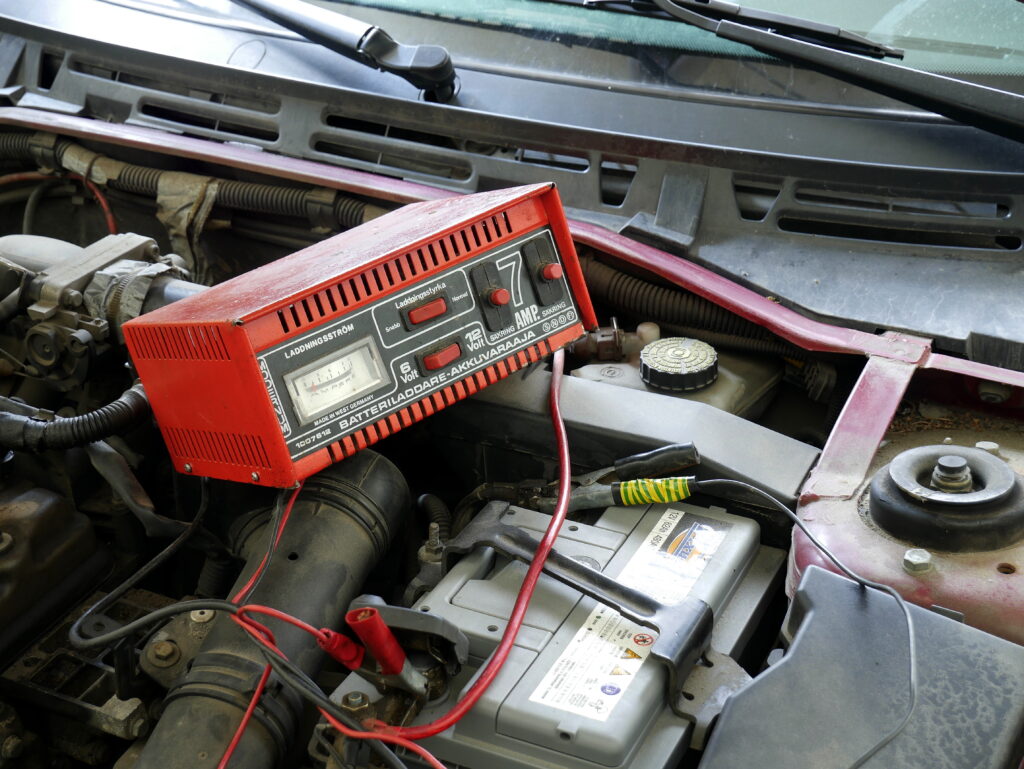
5. **Overcharging: Too Much of a Good Thing**While undercharging is a common culprit of battery failure, supplying too much power can be equally detrimental. Overcharging occurs when the charging system supplies excessive voltage to the battery, going beyond what it can safely handle. This is a significant issue because it can lead to a cascade of damaging effects within the battery.
When a battery is overcharged, it can lead to excessive gassing, where the electrolyte inside the battery boils and releases hydrogen and oxygen gases. This process, known as “gassing,” results in a significant loss of battery fluids, particularly water, which is essential for the chemical reactions within the battery. The rapid evaporation of electrolyte can expose the internal plates, accelerating their corrosion.
Furthermore, sustained overcharging accelerates the corrosion of internal components, weakening the battery’s structure and reducing its overall capacity. A high voltage creates heat, which in turn causes the battery to discharge faster and suffer internal damage. Following the manufacturer’s guidelines for charging, ensuring your battery charger is set to the recommended voltage, and monitoring the battery during the charging process are crucial preventive steps to avoid this destructive cycle.
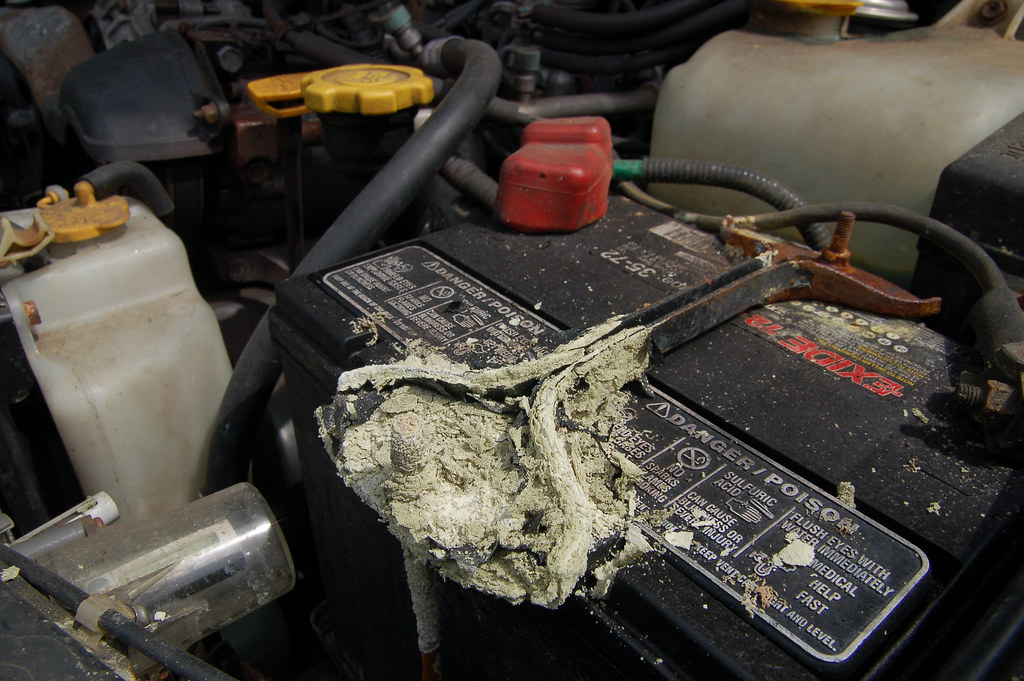
6. **Corrosion: The Visible Sign of Trouble**Corrosion is a common and often visible issue that can significantly affect car batteries, particularly at the terminals. These flaky, often greenish or whitish deposits are not just unsightly; they are a clear indication of poor electrical connections and reduced battery performance. Over time, exposure to moisture, salt from road spray, and other environmental contaminants can cause the battery terminals to corrode.
When corrosion builds up on the battery terminals, it creates resistance in the electrical circuit. This resistance impedes the flow of electricity to and from the battery, meaning that the charging system struggles to deliver a full charge to the battery. A corroded battery connection essentially prevents the charging system from topping off your battery, leading to a state of undercharging and eventual premature death.
Beyond interfering with charging, corrosion also hampers the battery’s ability to deliver adequate starting power to the engine. You might experience difficulty starting the engine or notice dimming headlights if your terminals are heavily corroded. Regular maintenance, such as inspecting the battery terminals for corrosion and cleaning them as needed with a soft cloth or wet toothbrush, is vital for maintaining good electrical contact and extending battery life.
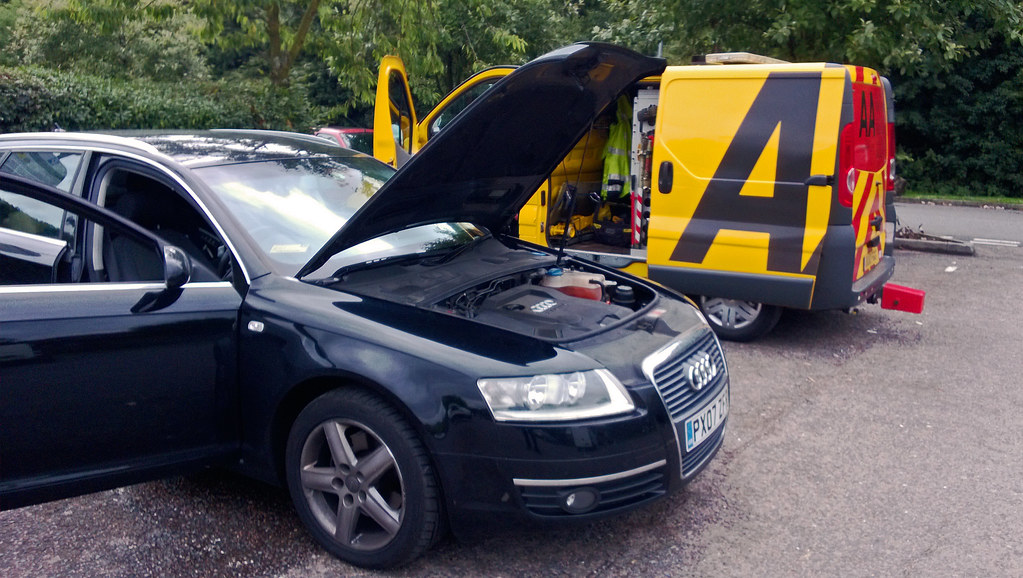
7. **Electrical Overloads: Demanding Too Much, Too Fast**One of the primary reasons for car battery failure is electrical overloads. This occurs when the electrical system demands more power than the battery can comfortably provide, placing excessive strain on its internal components. Such demands can lead to a rapid and premature depletion of the battery’s charge, especially if it’s not designed to handle such loads or if the engine isn’t running to replenish the power.
This situation can manifest in several ways: faulty wiring within the vehicle’s electrical system can create unintended power draws, or malfunctioning accessories might constantly pull more current than intended. Moreover, prolonged use of high-energy devices while the engine is off—such as an aftermarket sound system, a dash cam, or even just leaving interior lights on for an extended period—can quickly overwhelm the battery’s capacity.
When the battery is subjected to repeated or significant electrical overloads, its internal plates can be damaged, and its overall capacity to hold a charge is diminished. The strain causes the battery to work harder, generating more heat and accelerating the degradation of its chemical components. Limiting electrical loads by avoiding the use of high-energy devices or accessories when the engine is off is a simple yet effective preventive measure against this form of premature failure.
Navigating the complexities of classic car battery longevity requires more than just understanding external stressors; it demands a deep dive into the internal and mechanical factors that prematurely cut short a battery’s life. While environmental conditions and charging habits play a significant role, the very composition, installation, and usage patterns of the battery itself are equally critical. Let’s shift our focus to these often-overlooked internal, physical, and quality-related causes that can lead to unexpected battery failure, ensuring your beloved classic remains a reliable companion on the open road.
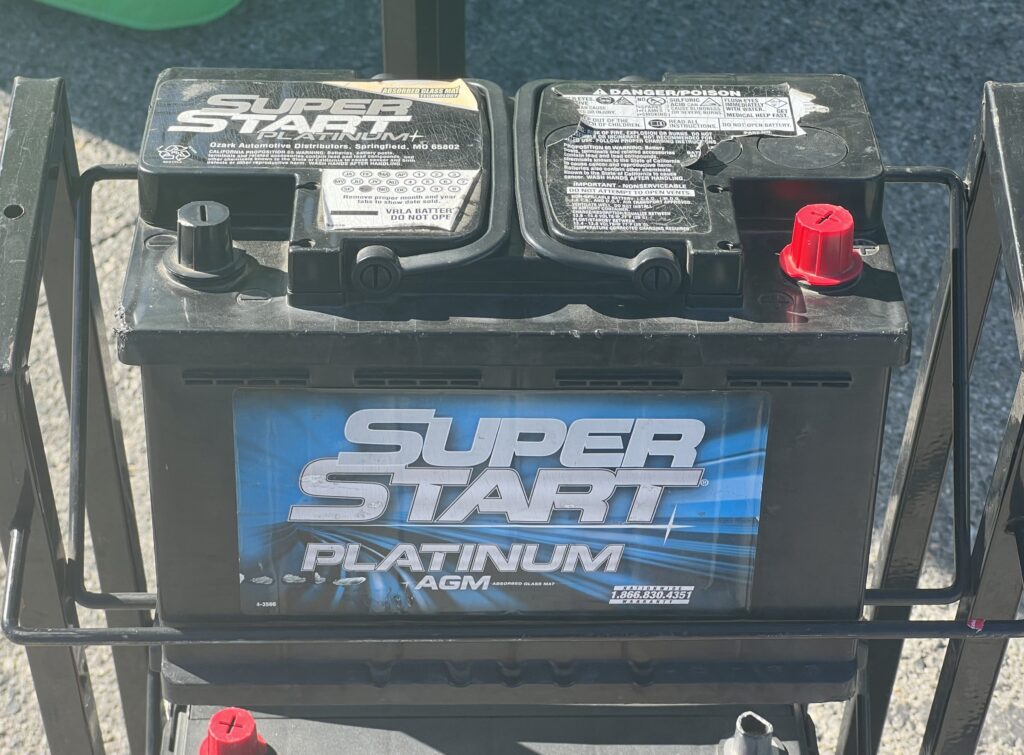
8. **Aging: The Inevitable Decline**Like all mechanical components within your cherished classic, car batteries are simply not designed to last forever. They possess a finite lifespan, and as they accumulate years of service, the internal components naturally begin to degrade. This isn’t a sudden event but a gradual process that leads to a reduction in the battery’s overall capacity and its ability to deliver consistent performance, often culminating in an untimely demise.
Over time, the delicate internal structures, such as the lead plates and electrolyte, undergo changes that diminish their efficiency. This natural wear and tear mean the battery can no longer hold a full charge as effectively or provide the vigorous surge of power needed to crank a classic engine. While conventional flooded lead-acid batteries typically offer a lifespan of three to five years with diligent care, advanced AGM batteries might extend this to about seven years due to their robust design.
Even if a battery appears to be functioning adequately, its performance can mask the underlying age-related degradation. This weakening can lead to a sudden and unexpected failure without any apparent warning symptoms. A sluggish or slow start, dimming headlights, or erratic behavior in other electrical components are often early indicators that your battery is approaching the end of its life cycle and might be a candidate for replacement.
Regular maintenance, including periodic checks of the battery’s health and voltage output, can help you monitor its condition. Timely replacement, rather than waiting for complete failure, is the most effective preventive measure against age-related breakdowns. By understanding that age is a factor, you can plan for its eventual replacement, securing your classic’s reliability for future drives.
Read more about: The Time-Warping Truth: 14 Wild Facts About M. Night Shyamalan’s Thriller ‘Old’ That Left Us Absolutely Stunned!
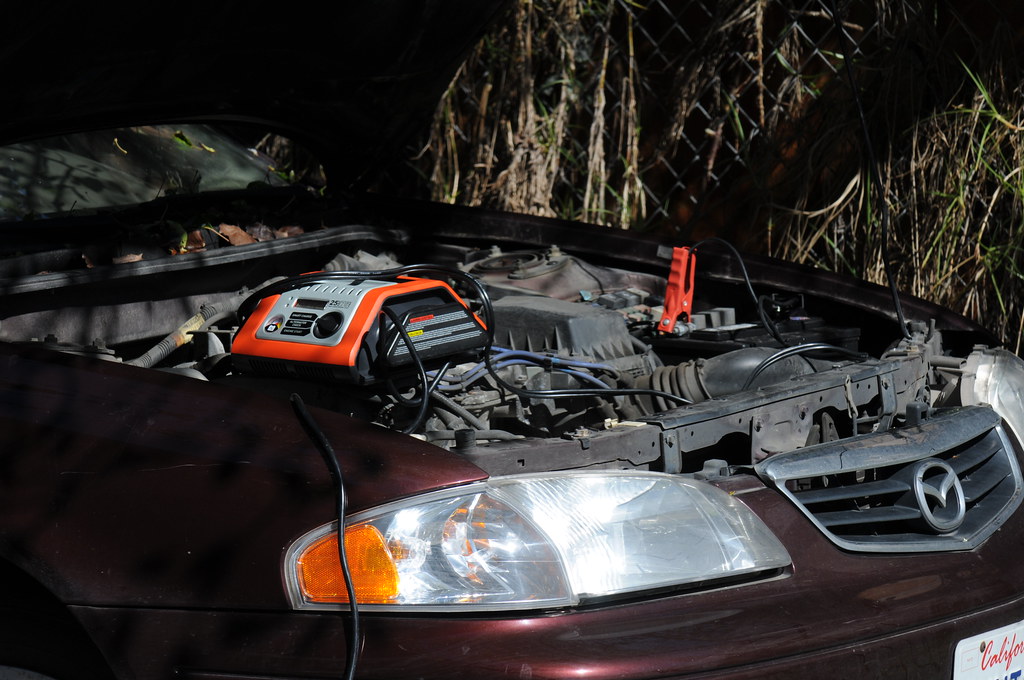
9. **Poor Installation: A Foundation for Failure**The installation process might seem straightforward, but incorrectly installing a car battery is a significant, yet preventable, cause of premature failure. A battery is only as good as its connection to the vehicle’s electrical system, and any deviation from proper installation guidelines can lead to a cascade of problems that compromise its integrity and performance, potentially causing damage or even posing safety risks.
Faulty installation can manifest in several ways, each detrimental to battery health. Loose terminals, for instance, create poor electrical connections, increasing resistance and making the battery work harder than necessary to deliver or receive power. Similarly, incorrect connections, such as reversing polarity, or damaged post seals can immediately jeopardize the battery’s functionality and lead to dangerous situations, including fire or explosion.
Beyond immediate electrical issues, physical stresses from improper installation can also cause damage. An over-tightened hold-down clamp can crack or warp the battery casing over time, allowing electrolyte leakage and exposing internal components to damage. Conversely, an unsecured battery is vulnerable to excessive vibration, which we’ll discuss as another major cause of failure.
To safeguard against these issues, it is imperative to follow all manufacturer’s installation instructions to the letter. Ensure that all battery connections are meticulously clean, securely fastened, and in proper working order. A professional installation, or a careful DIY approach adhering to best practices, lays the essential groundwork for optimal battery performance and a full lifespan.
Read more about: Beyond the Hype: The Real Reasons Your New iPhone Isn’t Perfect (and How to Master the Fixes)
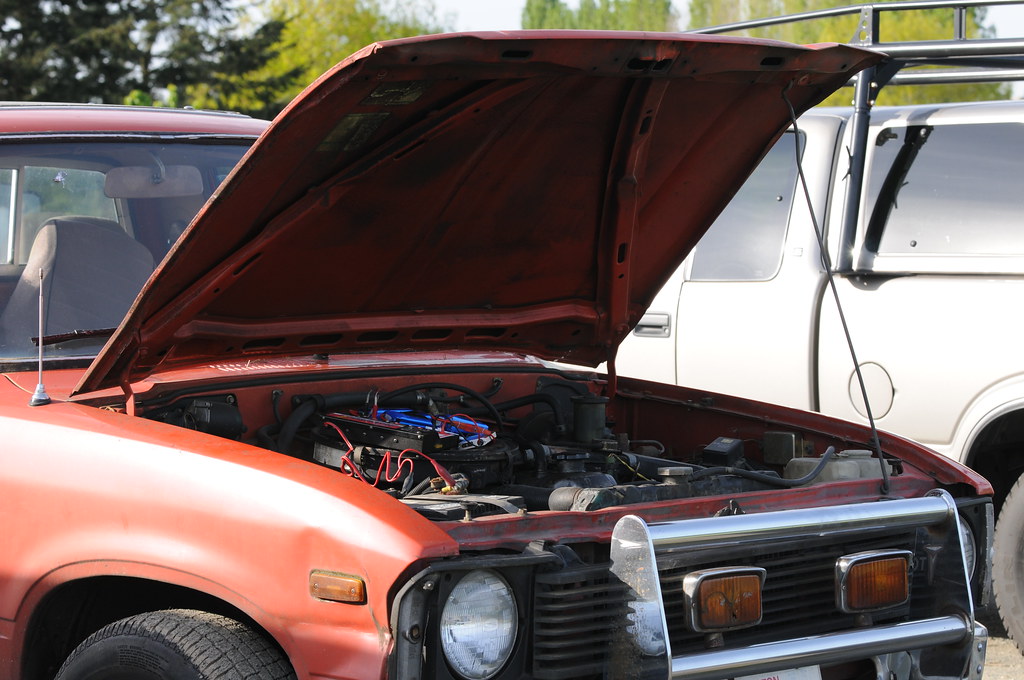
10. **Low-Quality Batteries: A False Economy**In the pursuit of saving a few dollars, it’s tempting for classic car owners to opt for off-brand or low-cost batteries. However, this often proves to be a false economy, as not all batteries are manufactured to the same exacting standards. The initial savings are quickly overshadowed by the frustration and expense of premature failure, leaving you stranded far sooner than anticipated.
The core issue with low-quality batteries lies in their construction and the materials used. Many budget-friendly options are made with thinner lead plates, less robust insulation between cells, or a higher proportion of recycled materials that simply lack the durability and chemical stability of premium alternatives. These compromises in design and manufacturing directly translate to a diminished ability to withstand the demands of daily use, let alone the specific requirements of a classic vehicle.
Such inherent deficiencies mean these batteries are less resilient to environmental stressors like extreme temperatures and are more prone to internal degradation. Thinner plates are more susceptible to sulfation and corrosion, while inadequate insulation can lead to internal short circuits. As a result, these batteries struggle to maintain their charge, experience a faster rate of self-discharge, and ultimately fail long before their higher-quality counterparts, making them a recurring problem for car owners.
Investing in a reputable, higher-grade battery designed for your classic car’s specifications is a critical preventive measure. While the upfront cost may be slightly higher, the enhanced reliability, extended lifespan, and peace of mind it offers are invaluable. Choosing quality components ensures your classic car’s electrical system receives the dependable power it deserves, keeping it on the road and out of the repair shop.
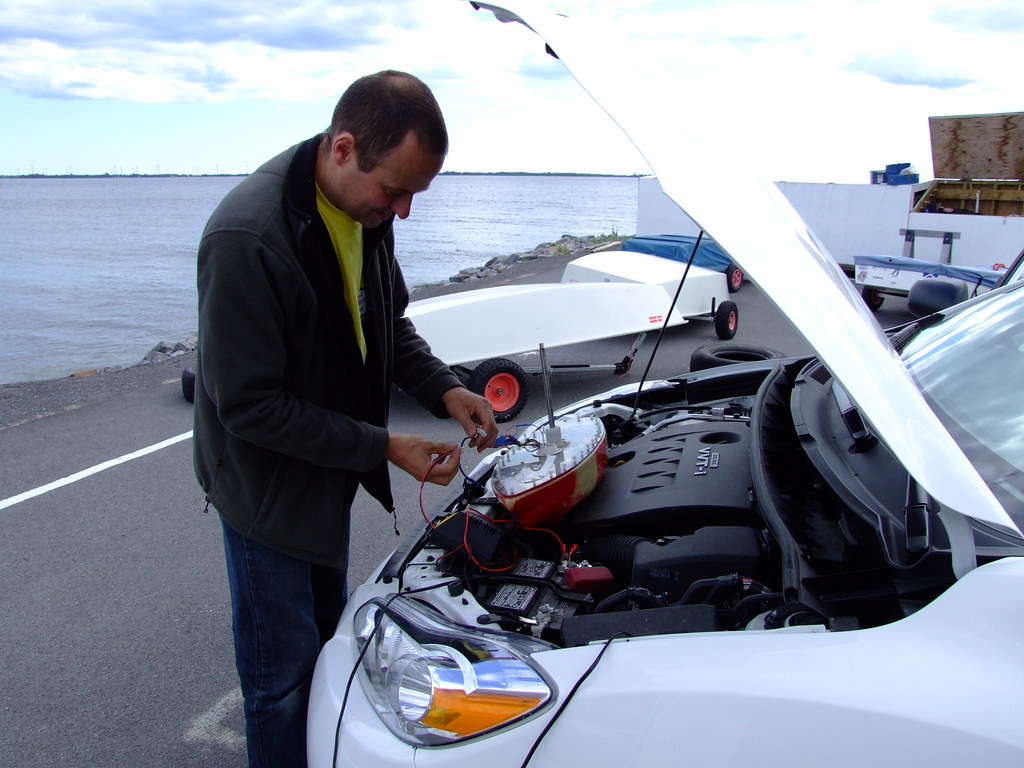
11. **Using Incorrect Battery Types: The Mismatch Malady**It’s easy to assume that any battery that fits your classic car’s tray will suffice, but using an incorrect battery type can be a critical error leading to premature failure and even damage to your vehicle’s electrical system. Just because batteries look similar or serve the same general purpose doesn’t mean they are interchangeable, particularly when dealing with the nuanced requirements of classic vehicles and modern battery technologies.
Battery manufacturers design their products with specific applications and vehicle demands in mind. For instance, some classic cars might require a battery with higher cranking amps to fire up a large, vintage engine, while others might benefit from a specific discharge curve. Modern vehicles, for example, often utilize start-stop technology which demands an AGM battery capable of handling frequent deep discharges, a task a conventional flooded lead-acid battery is not engineered for.
Installing a battery that doesn’t match your car’s specifications can lead to a host of problems. A battery with insufficient cranking power will be constantly overstressed, leading to rapid degradation. Conversely, an incorrect charging profile from your car’s alternator, meant for a different battery chemistry, can cause undercharging or overcharging, both detrimental to battery health and significantly shortening its lifespan. This mismatch can also damage the electrical equipment it’s trying to power.
Therefore, when it’s time for a replacement, it’s crucial to consult your classic car’s owner’s manual or a trusted automotive expert. Always aim to exchange like batteries for like, ensuring that the new power source meets the exact specifications and chemistry recommended for your vehicle. This thoughtful selection is a simple yet powerful way to prevent premature battery failure and ensure long-term reliability.
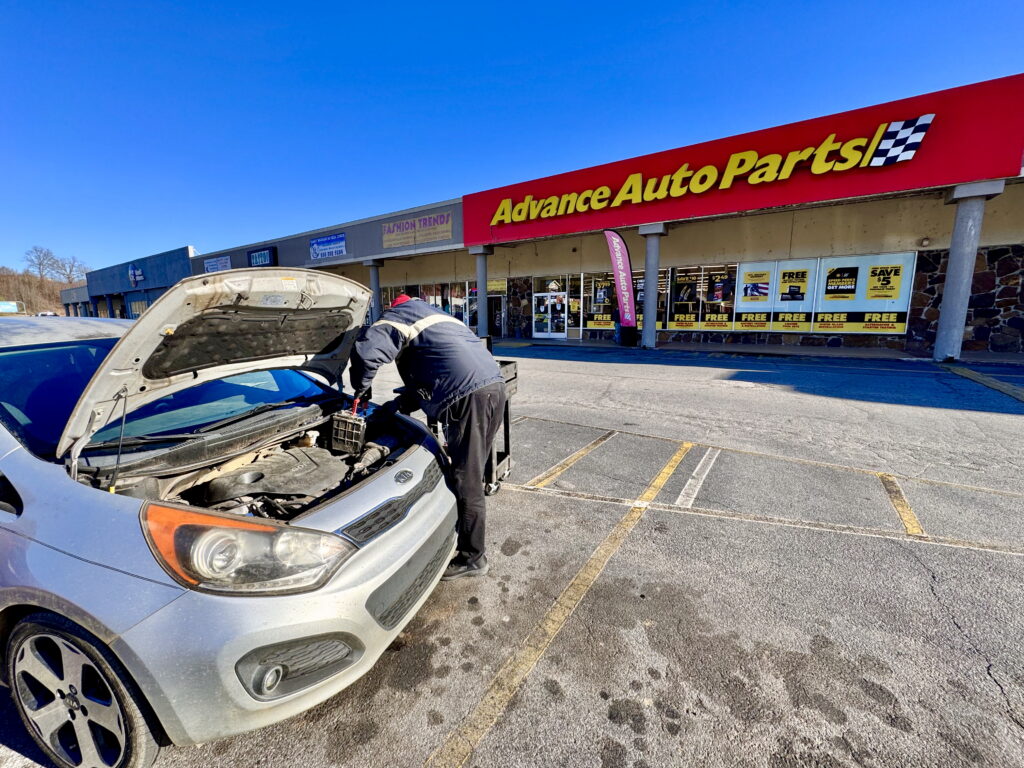
12. **Plate Shedding and Internal Short Circuits: The Sudden Killer**One of the most frustrating and often baffling reasons a car battery dies prematurely, and frequently without any prior warning, is an internal short circuit caused by plate shedding. You might start your classic car just fine one minute, only to find it completely dead the next, leaving you scratching your head about what went wrong with seemingly no symptoms.
Flooded lead-acid batteries are constructed with individual positive and negative plates, meticulously arranged in a grid pattern to maximize the acid-to-plate contact area for efficient chemical reactions. Over time, particularly with normal expansion and contraction cycles during charging and discharging, the lead material on the positive plates can flake off or “shed.” This process, though part of normal aging, generates a fine, brown, mud-like sediment that collects at the bottom of the battery case.
Battery manufacturers wisely design cases with a built-in sediment trap to accommodate this material accumulation. However, if the sediment level builds up excessively, it can eventually reach a critical point where it touches both a positive and a negative plate. When this happens, it creates an internal short circuit, effectively bypassing the normal electrical path and allowing the battery to rapidly discharge itself. The effect is instantaneous and devastating.
This catastrophic internal short is precisely what causes a battery to die suddenly and without warning. There are no dimming lights or slow cranks; one moment, the battery is functional, and the next, it’s completely depleted and unable to provide power. While it’s considered normal aging, the accumulation leading to this short circuit highlights the importance of quality battery design and understanding that even seemingly healthy batteries can harbor a hidden, silent killer within.
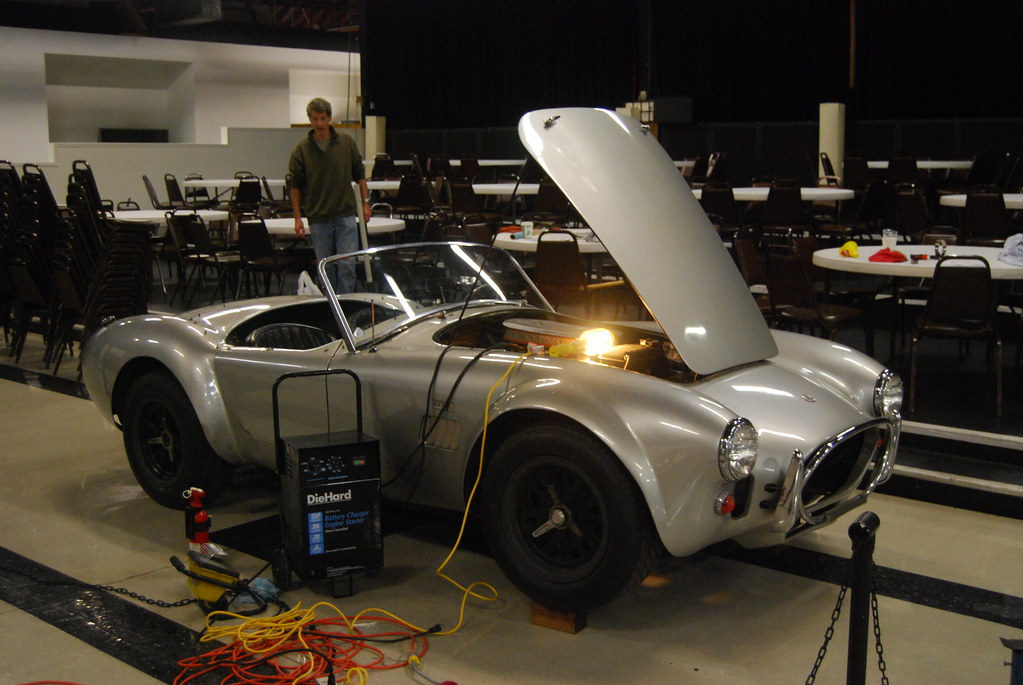
13. **Improper Storage Practices: When Your Classic Sits Idle**For many classic car enthusiasts, their prized possessions aren’t daily drivers but cherished weekend cruisers or showpieces, often spending extended periods in storage. However, improper storage practices are a leading cause of premature battery death, turning a period of rest into a rapid decline for your power source. Batteries naturally lose power when left idle, a process known as self-discharge, which accelerates if not managed correctly.
Before putting a battery away for any length of time, it’s critical to ensure it is thoroughly clean and fully charged. Dirt, dust, or corrosion on the battery casing or terminals can create microscopic conductive paths, causing the battery to discharge at a rate higher than its natural self-discharge. Storing a battery in a partially discharged state further exacerbates the problem, making it vulnerable to deep discharge, which significantly damages the internal plates and can make future recharging difficult or impossible.
Long periods of non-use are particularly detrimental, as the slow self-discharge allows for the buildup of sulfate crystals on the lead plates, a condition known as sulfation. If left unaddressed for too long, this sulfation becomes irreversible, dramatically reducing the battery’s ability to produce power and necessitating replacement. Additionally, prolonged idleness can lead to acid stratification, where the heavier acid concentrates at the bottom of the battery, deteriorating the lower portions of the plates and rendering them useless.
To prevent these issues, always store your battery in a cool, dry, and climate-controlled environment, ideally disconnected from the vehicle. Crucially, connect it to a high-quality battery tender or trickle charger. These devices maintain a consistent, optimal charge, preventing self-discharge, sulfation, and stratification, ensuring your battery remains healthy and ready to spring into action when your classic car is ready for its next adventure.
Understanding why your classic car battery might be failing prematurely is the first, most crucial step in preventing those frustrating, inconvenient, and often costly breakdowns. From the relentless march of time and the subtle tremors of vibration to the silent thief of improper storage and the sudden strike of internal short circuits, each factor plays a unique role in a battery’s lifespan. By embracing this knowledge and implementing proactive maintenance strategies—from choosing quality components to ensuring proper installation and attentive storage—you can significantly extend the life of your vehicle’s power source. After all, a healthy battery isn’t just about starting your engine; it’s about safeguarding the heart of your classic, ensuring every journey is as seamless and enjoyable as the craftsmanship that went into building it. Keep these insights in mind, and you’ll keep your classic on the road, where it truly belongs.

